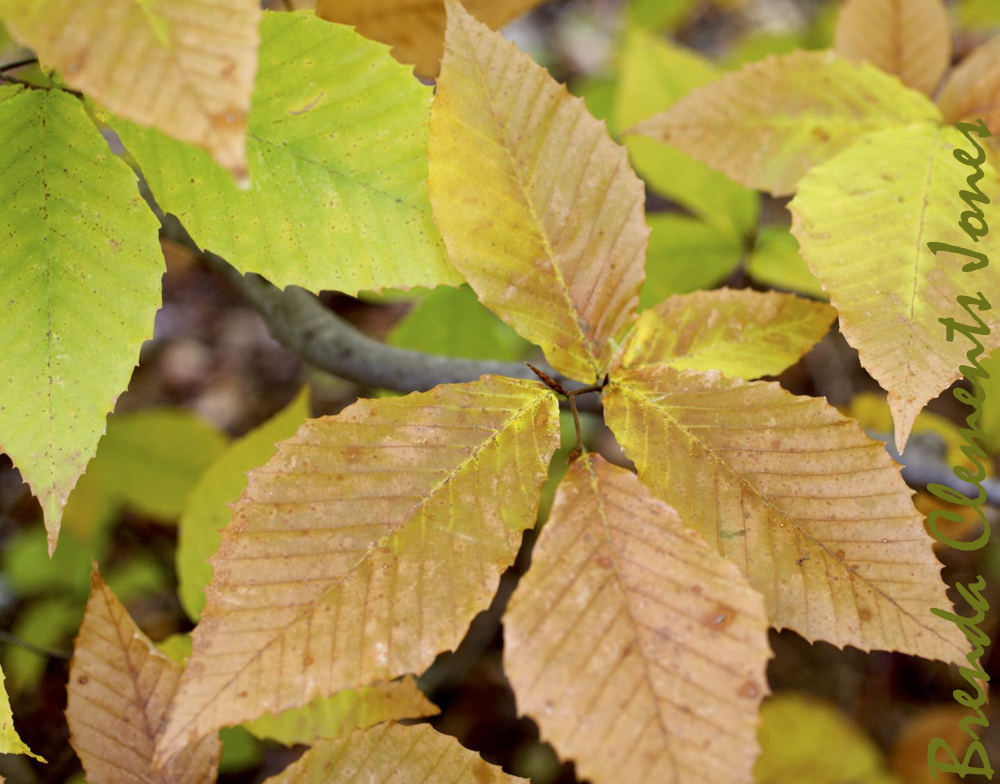-
Blackberries
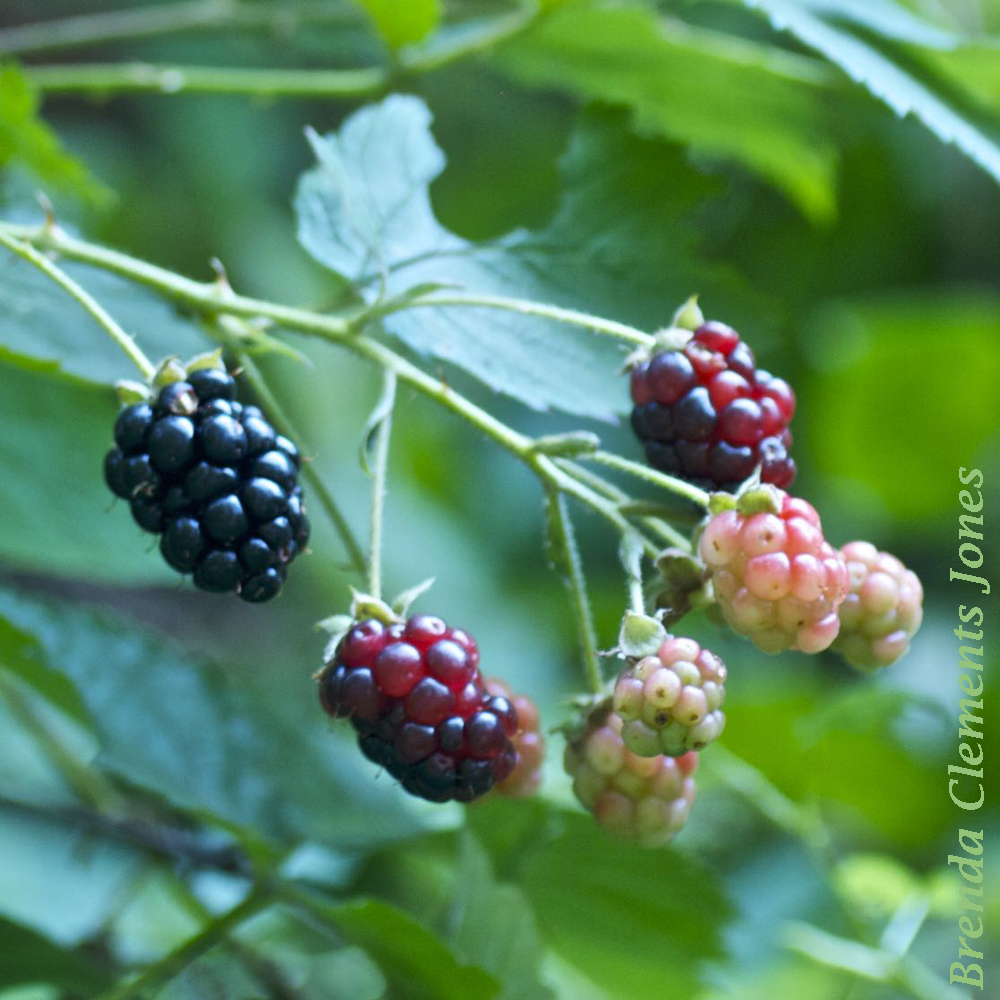
Wild blackberry bushes (Rubus allegheniensis) have just finished blooming up here in the mountains. The list of insects, game birds, songbirds and mammals that these bushes benefit goes on and on. Needless to say the ecological benefit of these bushes to wildlife is quite high. Many insects benefit from the pollen and nectar available in…
-
Yellow Trillium
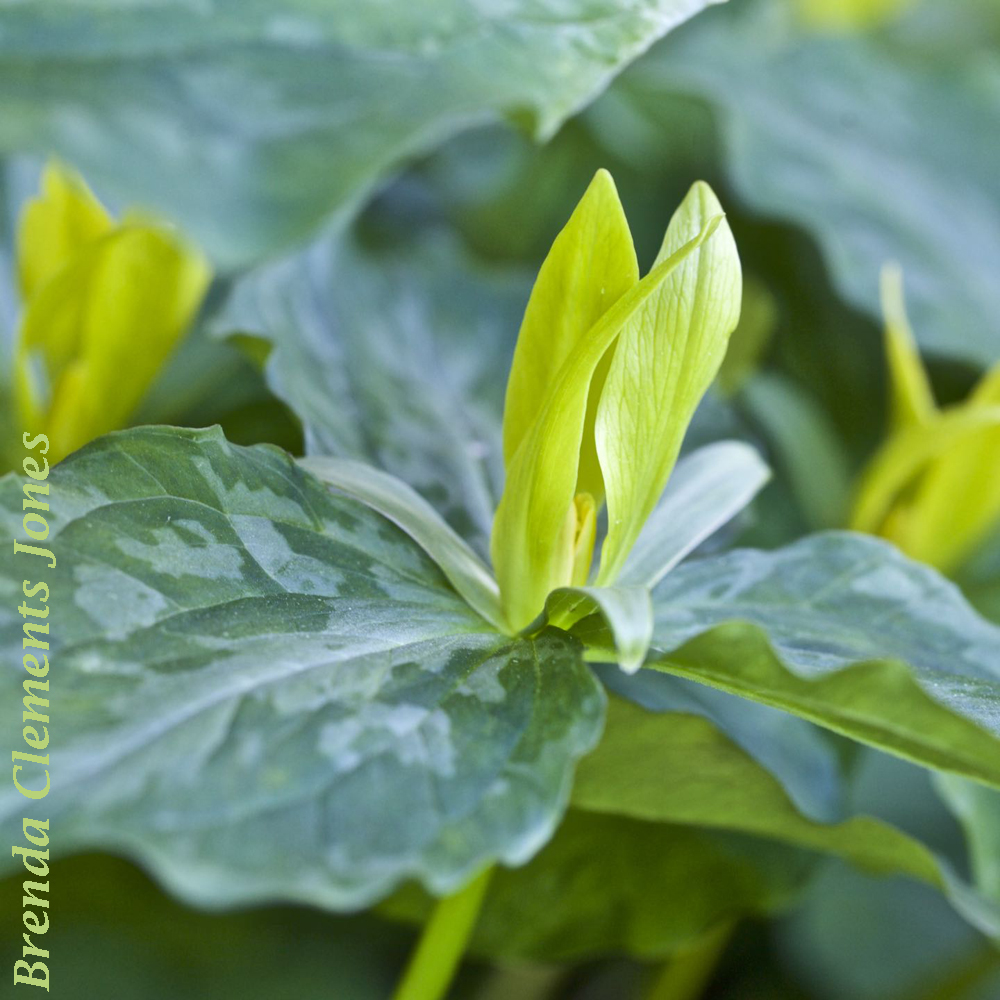
Not quite native to Virginia though I’m quite pleased to have these flowers blooming in my gardens. Yellow Trillium (Trillium luteum) is native to Tennessee, North Carolina, Georgia, and Kentucky. Some speak of a lemony scent. It must be mighty subtle. I don’t detect it. The plants emerge from underground rhizomes which will spread slowly if…
-
Flowering Dogwood
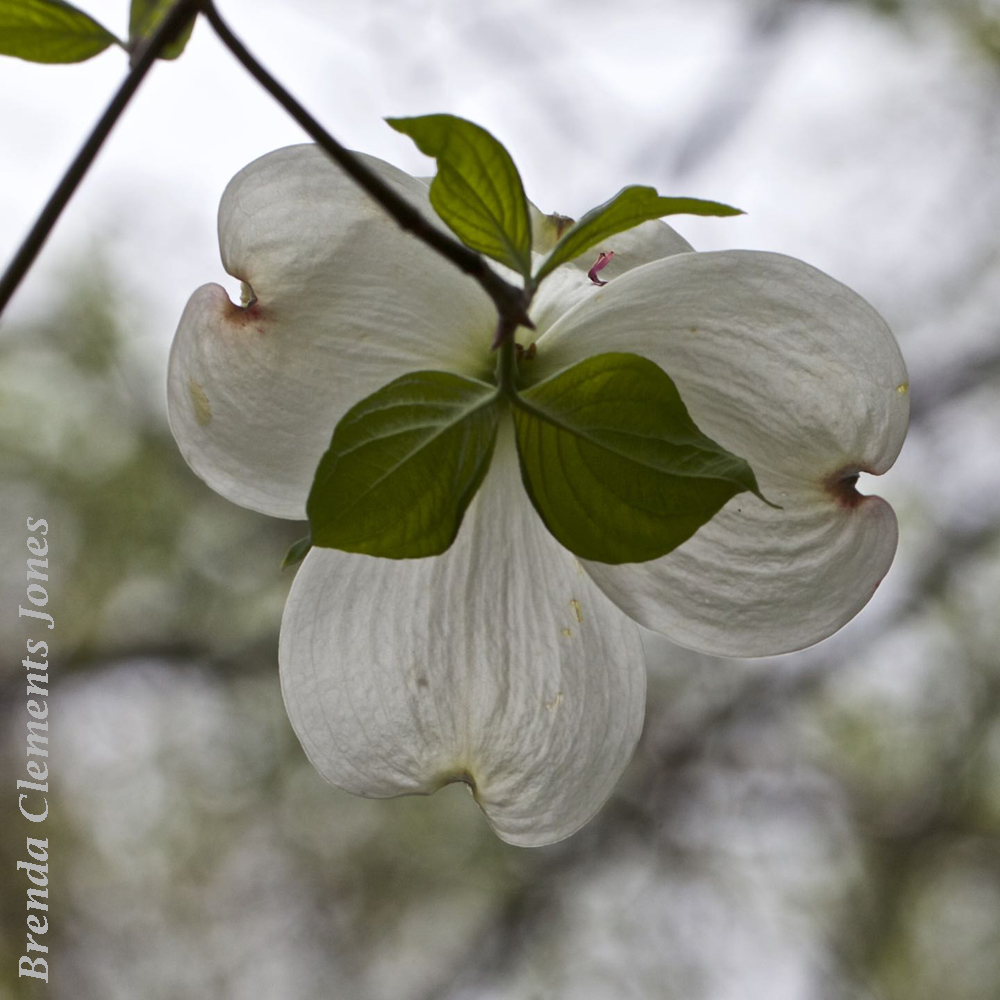
The Flowering Dogwood trees (Cornus florida) here in my neck of the woods are just beginning to open as the Eastern Redbud blooms (Cercis canadensis) are on their way into decline. That’s the pattern every year. A slight overlapping of their big show. Like homemade vanilla ice cream with home grown strawberries on top. In…
-
Mock Strawberry
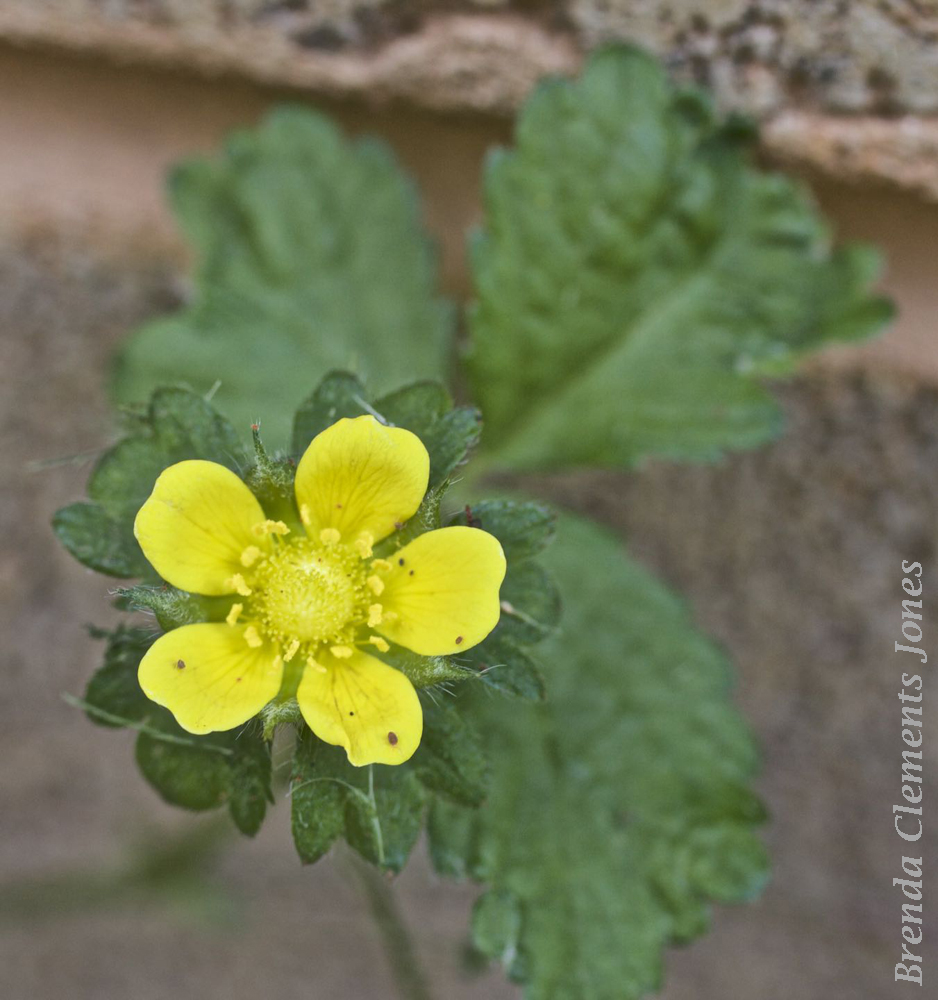
Originally from India. Mock Strawberry (Potentilla indica). It appears very much like Wild Strawberry (Fragaria virginiana). If you’re looking for the marvelous experience of eating Wild Strawberries more than likely you will be disappointed. The Mock Strawberry has very little flavor and is quite dry. But if you’re feeling adventuresome, it is edible. You’ll find…
-
Wild Ginger
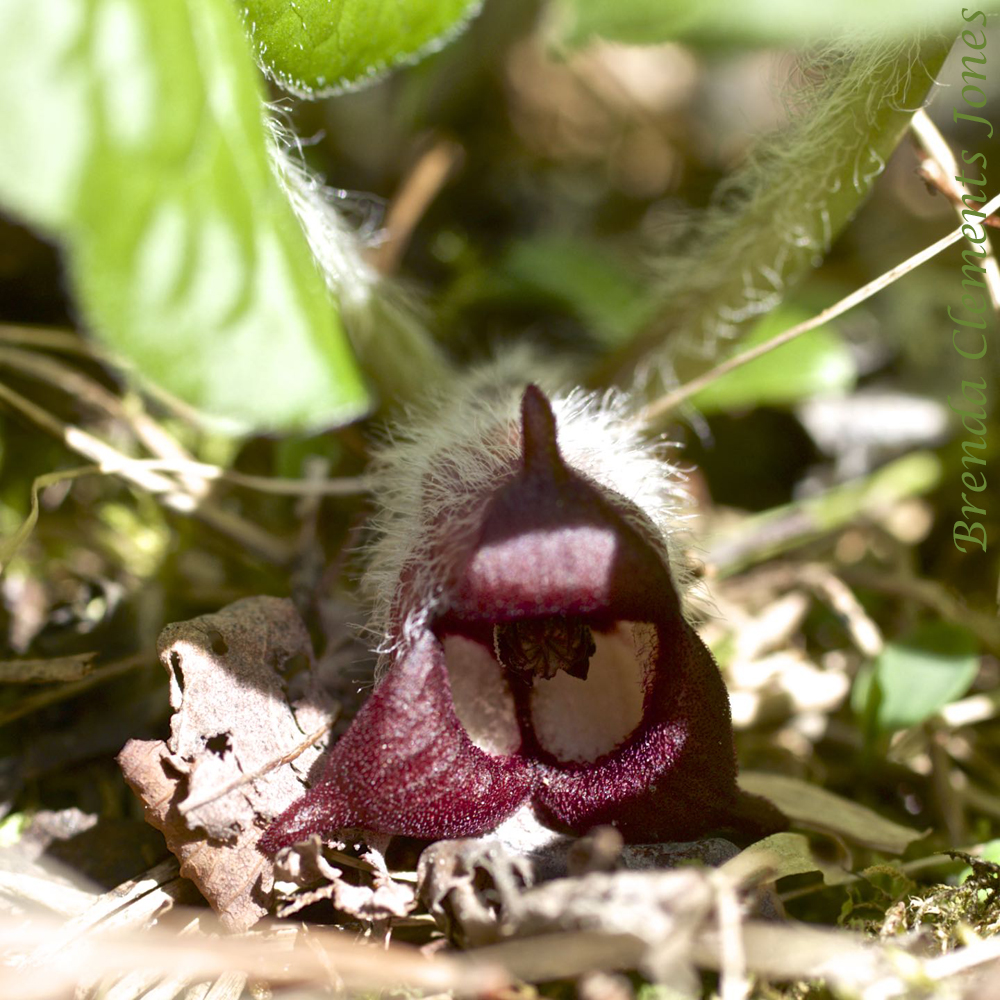
Along the trails here in the Blue Ridge, come April there will be green leaves peeking up through the earth. Take your time as you hike. There’s so much out there to see. Like patches of Wild Ginger (Asarum canadense). Each plant sends up two heart shaped leaves that split at the soil’s surface. At…
-
Bloodroot
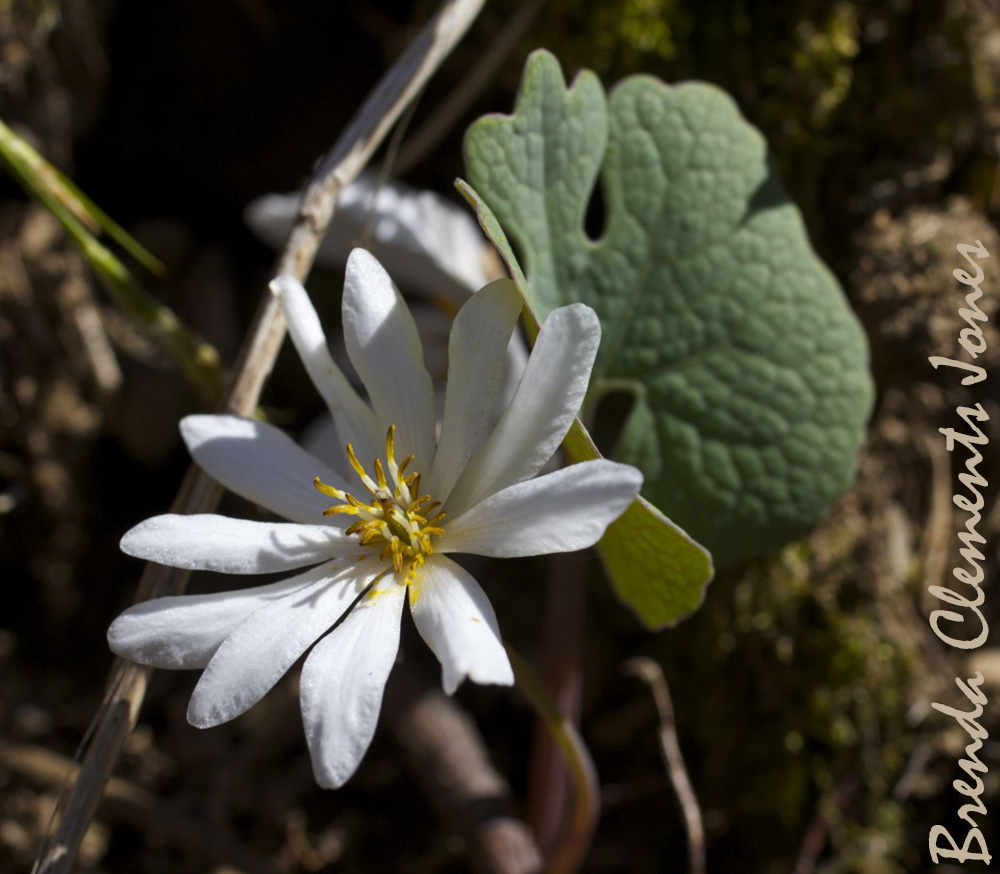
It’s hard for me to believe since I’ve still got snow on the ground, but spring is nearly here. At least meteorological spring. It arrives on March 1. The weather here is assuredly unpredictable. We’ll see what the month of March brings forth. Spring or more winter? But plants will be sprouting no matter. One…
-
Jeffersonia or Twinleaf
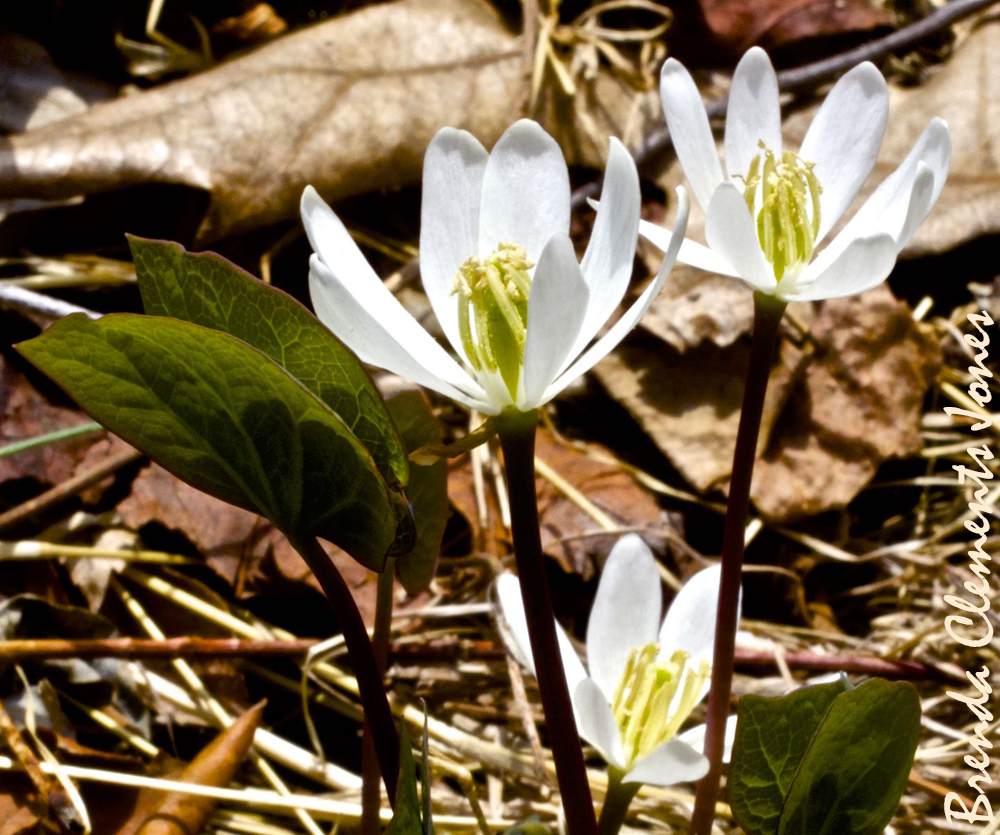
Jeffersonia (Jeffersonia diphylla). In 1792 the botanist Benjamin Smith Barton named this plant after Thomas Jefferson. In 1807 Jefferson had Jeffersonia growing in one of the oval flower beds of Monticello. I’m proud to have something in common with my neighbor Thomas. Within a matter of four weeks I’ll be searching for these little signs…
-
Five Inches of Snow
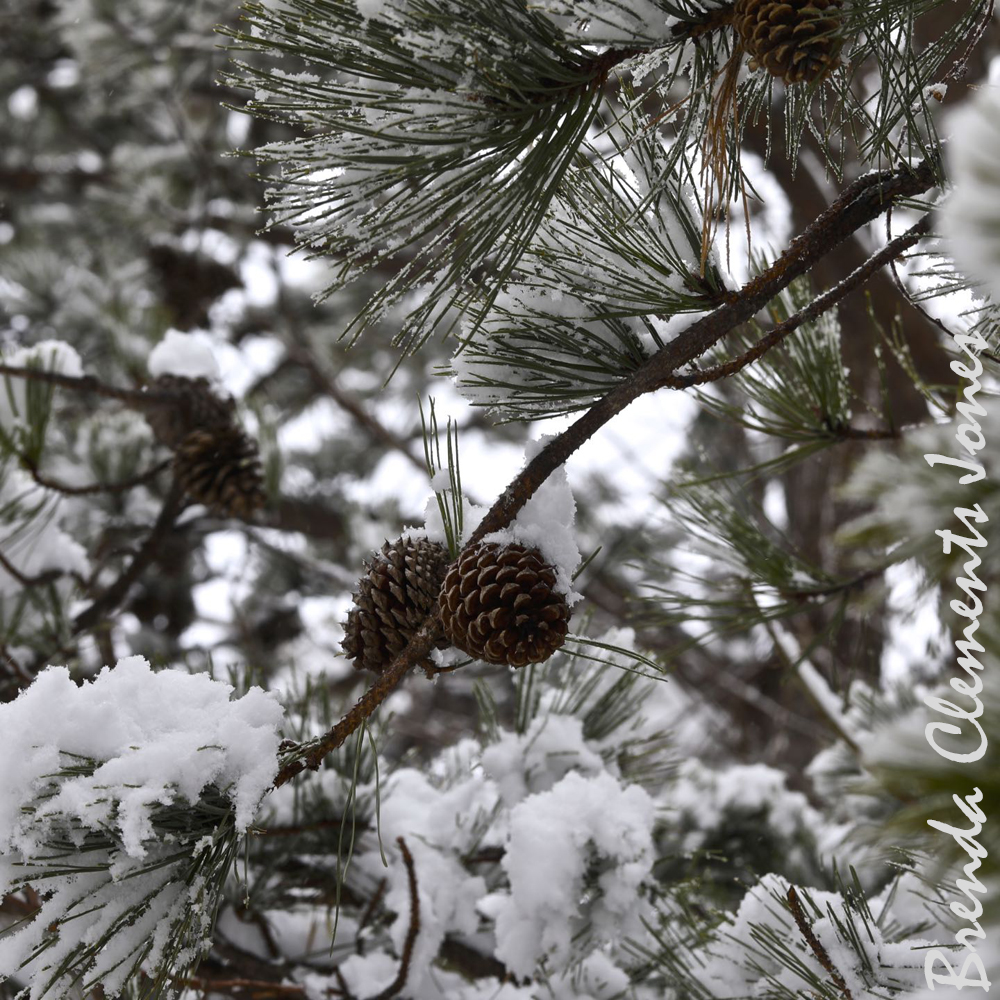
It snowed overnight. Wet puffy snow has covered everything. I’ve been transported into a Christmas card waiting to be signed and sent on its way. It’s the second snow here this winter making winter seem a bit more like the way winters ought to be. The winters that I think of when I think back…
